Environmental Science Report: Global Responses to Rising Sea Levels
VerifiedAdded on 2020/04/15
|5
|820
|39
Report
AI Summary
This report examines the global responses to rising sea levels, a critical consequence of climate change. It explores various policy options implemented by countries, including adaptation strategies such as risk assessments and migration. The report highlights the construction of dikes and embankments to mitigate salinity intrusion, and discusses the importance of reducing greenhouse gas emissions to slow down the melting of polar ice. It also addresses the necessity of migration and the development of frameworks to accommodate displaced populations. Furthermore, the report emphasizes the need for compensation and relief aid to support vulnerable island nations that are disproportionately affected by rising sea levels, despite contributing negligibly to global warming. The report concludes by advocating for a global climate change commission to provide financial assistance to these nations.
1 out of 5
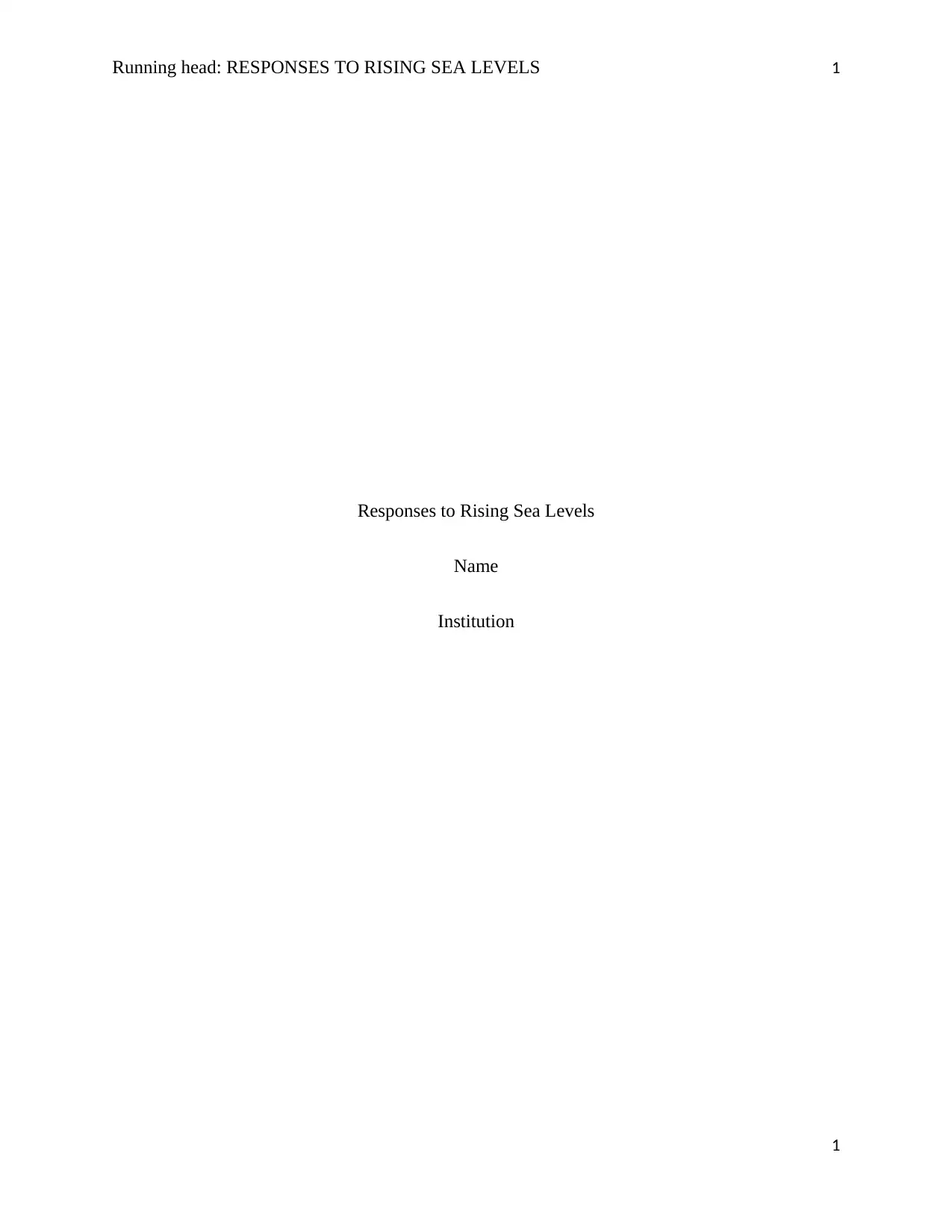
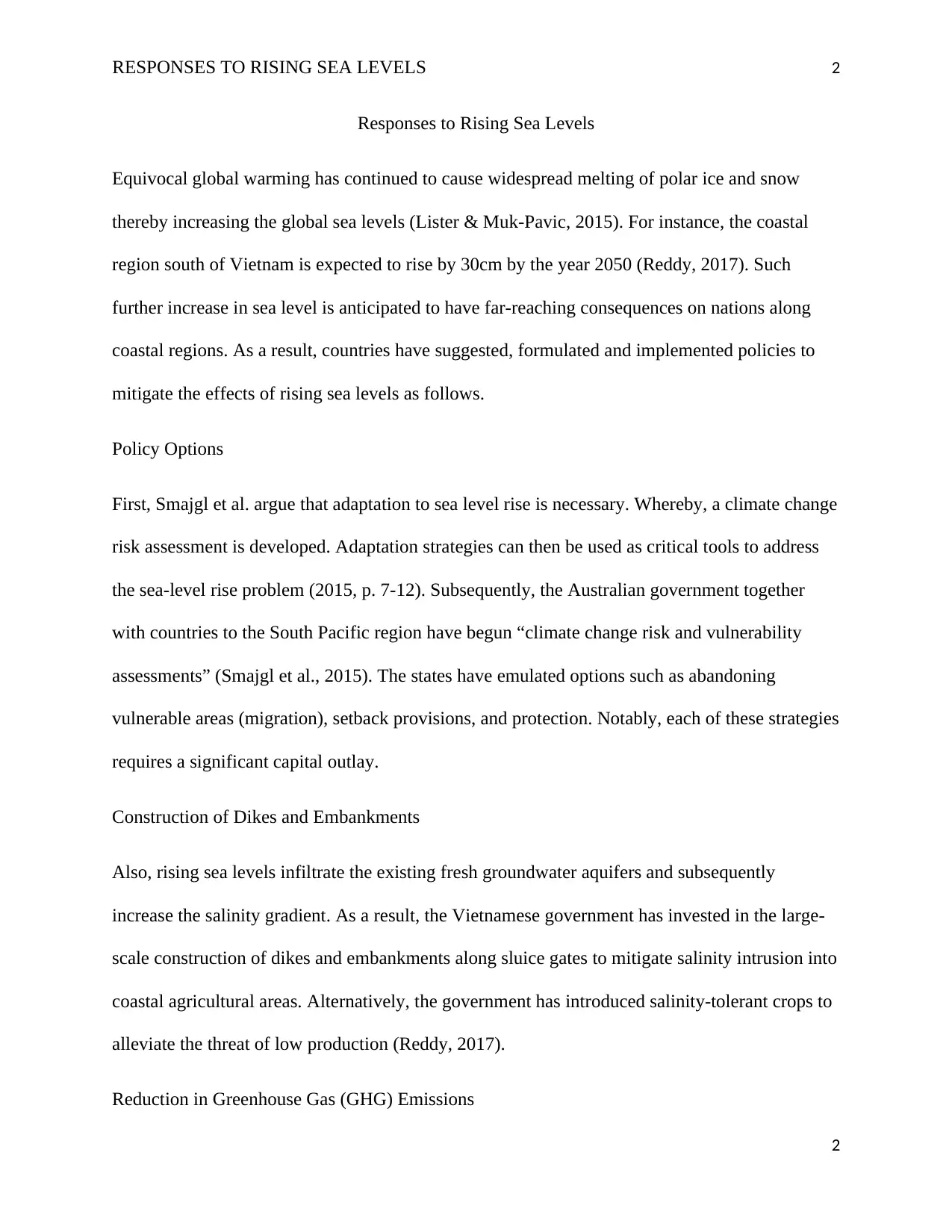
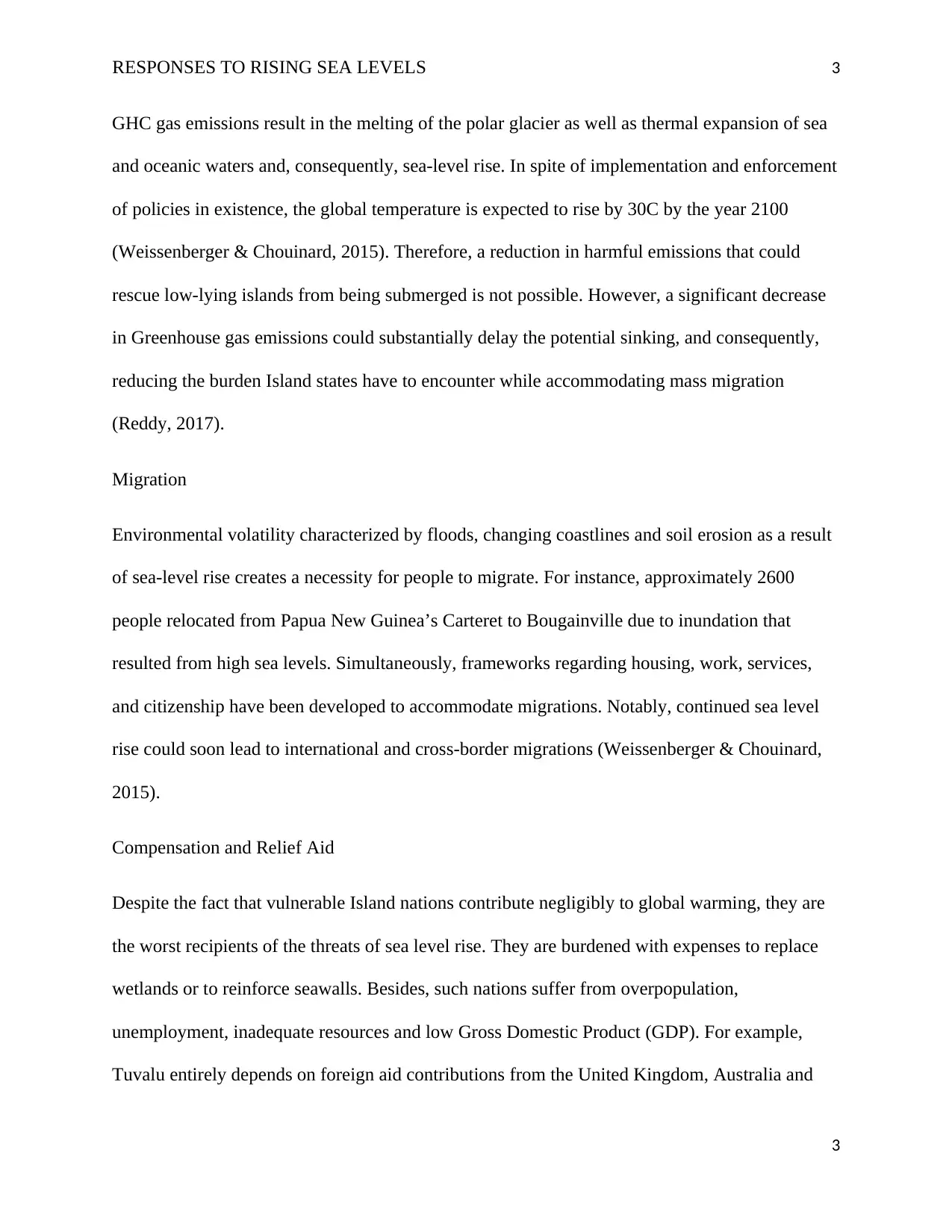

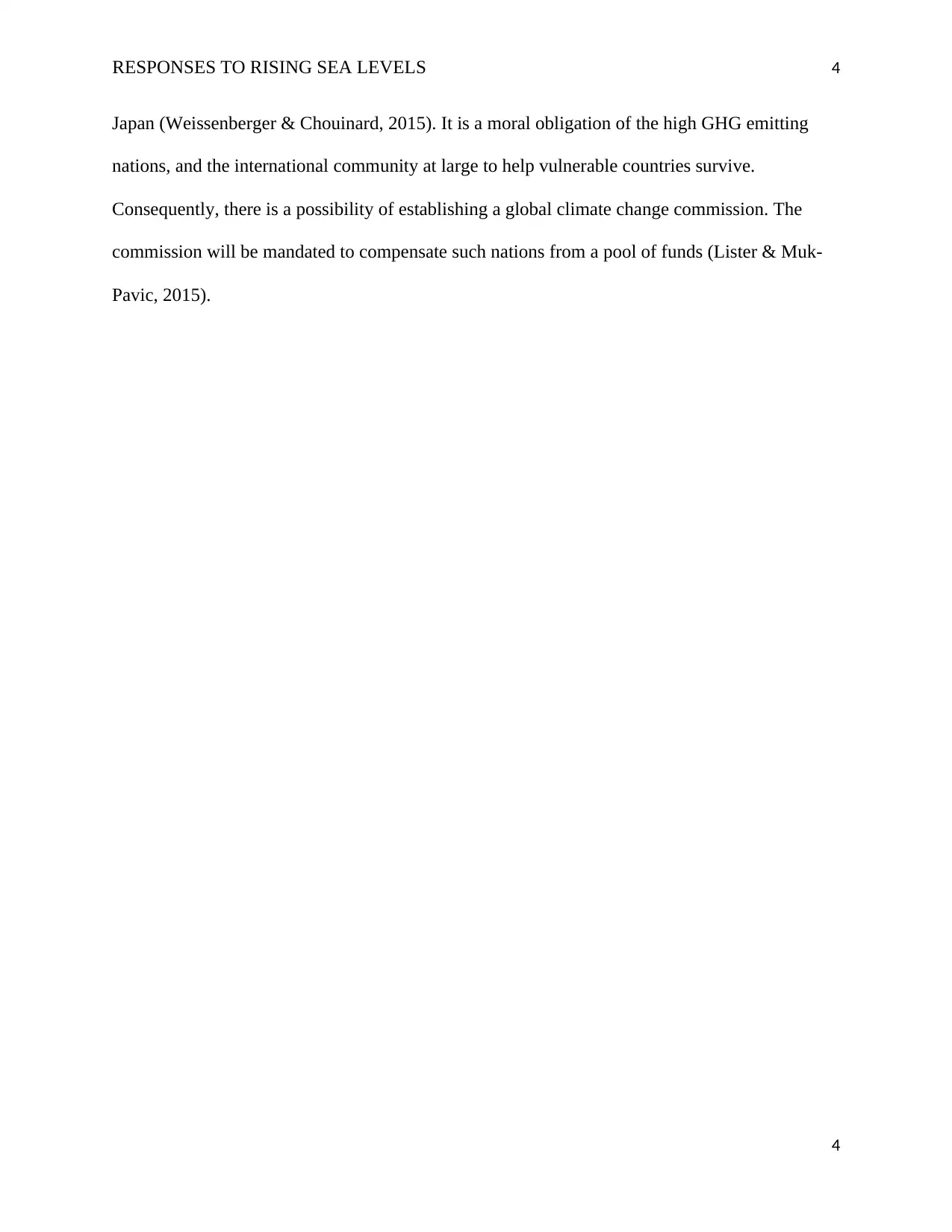
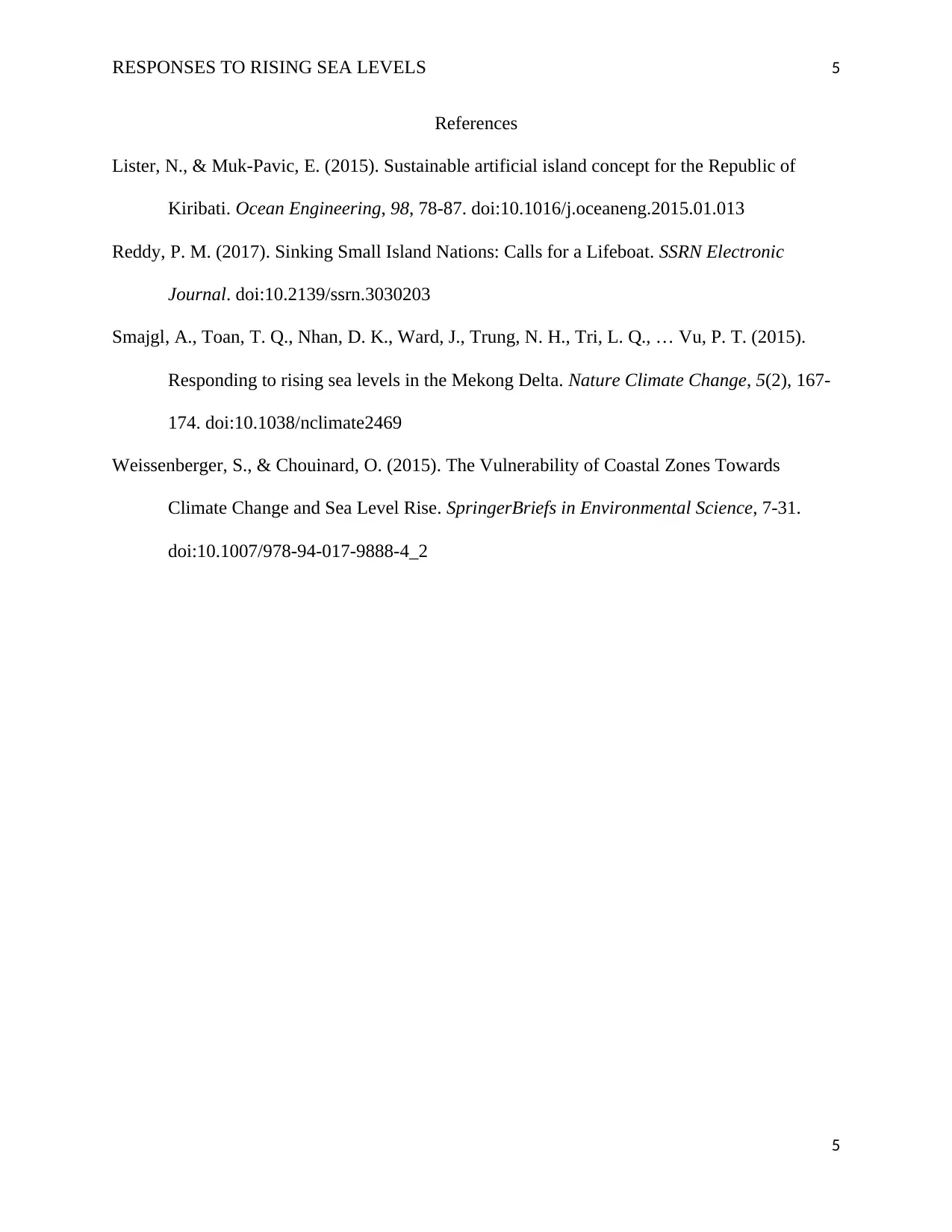





![[object Object]](/_next/static/media/star-bottom.7253800d.svg)